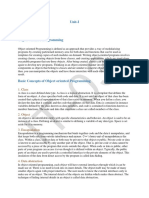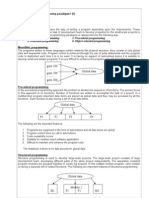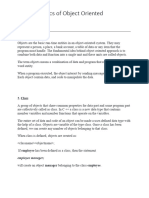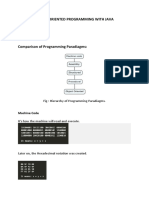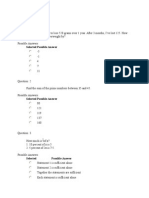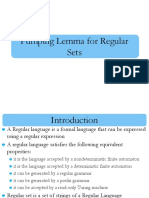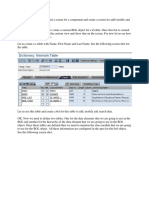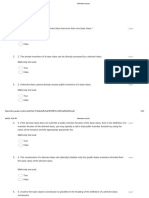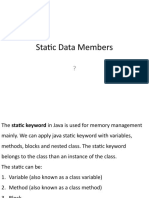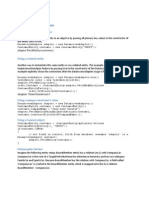0% found this document useful (0 votes)
5 views7 pagesChapter 1
The document discusses the Object-Oriented Paradigm (OOP), highlighting its advantages over structured programming, such as modularity, reusability, and ease of maintenance. It outlines key features of OOP including encapsulation, inheritance, and polymorphism, and compares OOP with other programming paradigms. Additionally, it addresses the importance of software maintenance and the concept of software crises, emphasizing OOP as a solution to these challenges.
Uploaded by
Pandu RangaCopyright
© © All Rights Reserved
We take content rights seriously. If you suspect this is your content, claim it here.
Available Formats
Download as DOCX, PDF, TXT or read online on Scribd
0% found this document useful (0 votes)
5 views7 pagesChapter 1
The document discusses the Object-Oriented Paradigm (OOP), highlighting its advantages over structured programming, such as modularity, reusability, and ease of maintenance. It outlines key features of OOP including encapsulation, inheritance, and polymorphism, and compares OOP with other programming paradigms. Additionally, it addresses the importance of software maintenance and the concept of software crises, emphasizing OOP as a solution to these challenges.
Uploaded by
Pandu RangaCopyright
© © All Rights Reserved
We take content rights seriously. If you suspect this is your content, claim it here.
Available Formats
Download as DOCX, PDF, TXT or read online on Scribd
/ 7

